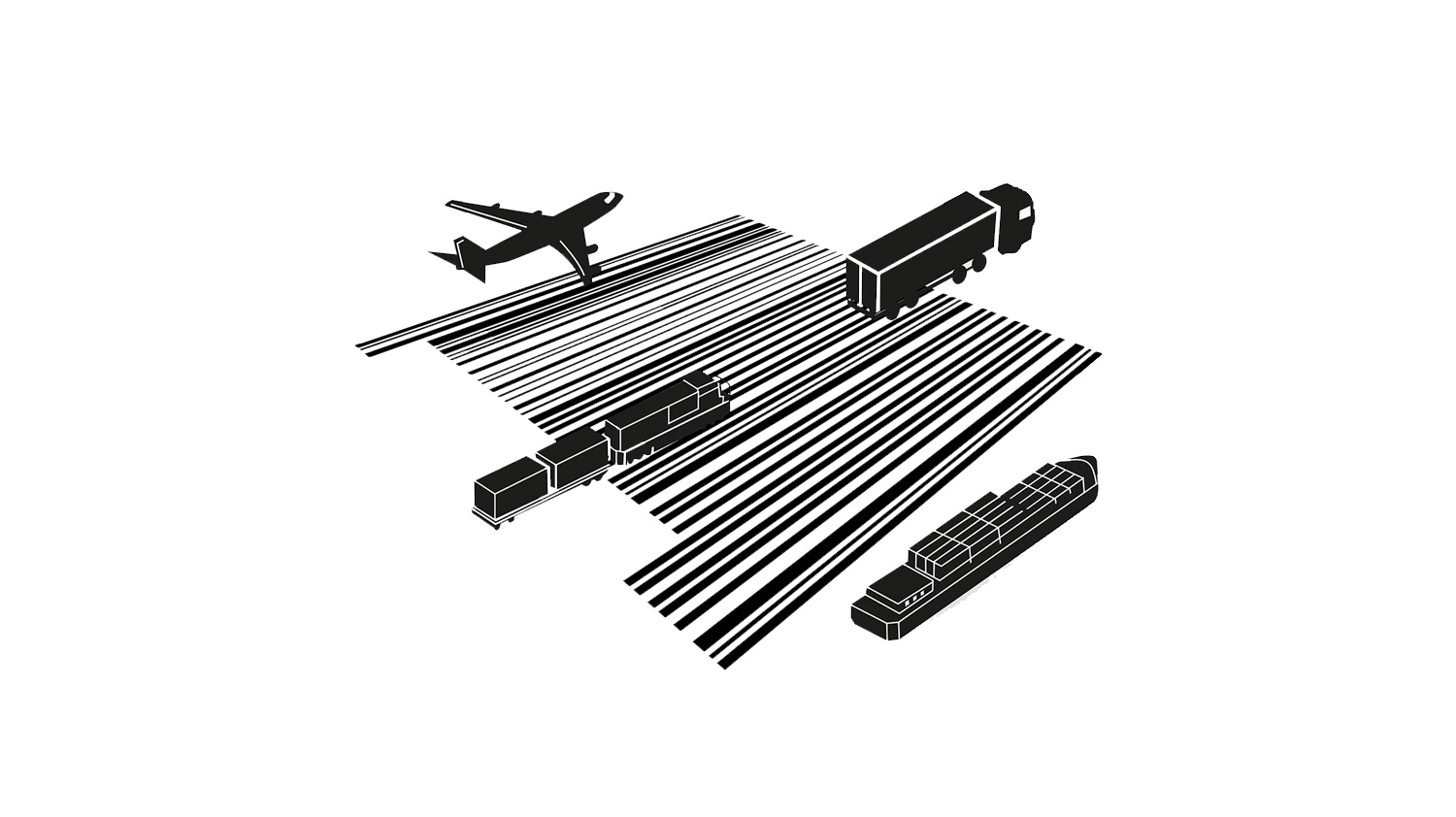
We’ve all stood there in the supermarket as the check out person tries to scan a product, in the end they type in the numbers or they ask an assistant to go and verify the price on shelf. Imagine if that happened every time you wanted to pay for something.
Barcodes are the modern savior for business, allowing manufacturers to trace inventory from production line, warehouse, shipping and distribution to supermarket shelf. With everything managers have to deal with in the launch of a new product the most important thing could be making sure the barcode is correct. If not, then it may cost thousands in reprinting packaging, replacing stock (if perishable) or even printing barcode stickers and manually replacing thousands of barcodes!
Potential Barcode printing problems include:
- The wrong number code has been entered and your product scans as something completely different.
- The barcode was manually scaled up or down or the bars were moved in the design process and fail to read at all.
- The barcode bars do not contrast enough with the background colour and fail to read.
- The barcode is printed in metallic ink and fails to be read by the scanner due to a high reflectivity of the ink (the scanners sees the metallic bars as white).
- Multiple SKU’s are used with the same barcode! Each SKU should have a unique barcode to track which product is selling.
- Printing on clear plastic over white ink can work fine until the product is inserted into the bag and the background colour contrast is lost.
- The barcode is produced on a heat shrink plastic wrap and it distorts too much.
- The barcode is printed in the wrong direction (Vertical bars = ‘Fence’ + Horizontal Bars = ‘Ladder’) This is important so the bars do not stretch/distort as the stock moves through the printing presses, especially on flexible plastics.
- Quiet zones are not adhered to. The white space around a barcode needs to be clear of any text or graphics so the scanner pick up that it’s reading a barcode.
- Excessive on press ink gain (too much ink pressed onto the paper stock causes the bars AND the spaces in a barcode to fill out and become illegible.
As you can see there are many things that can affect how a barcode scans. Make sure your artwork fits around a barcode and is not placed in a label design as an after thought – the last thing you want is to have a problem at the check out.